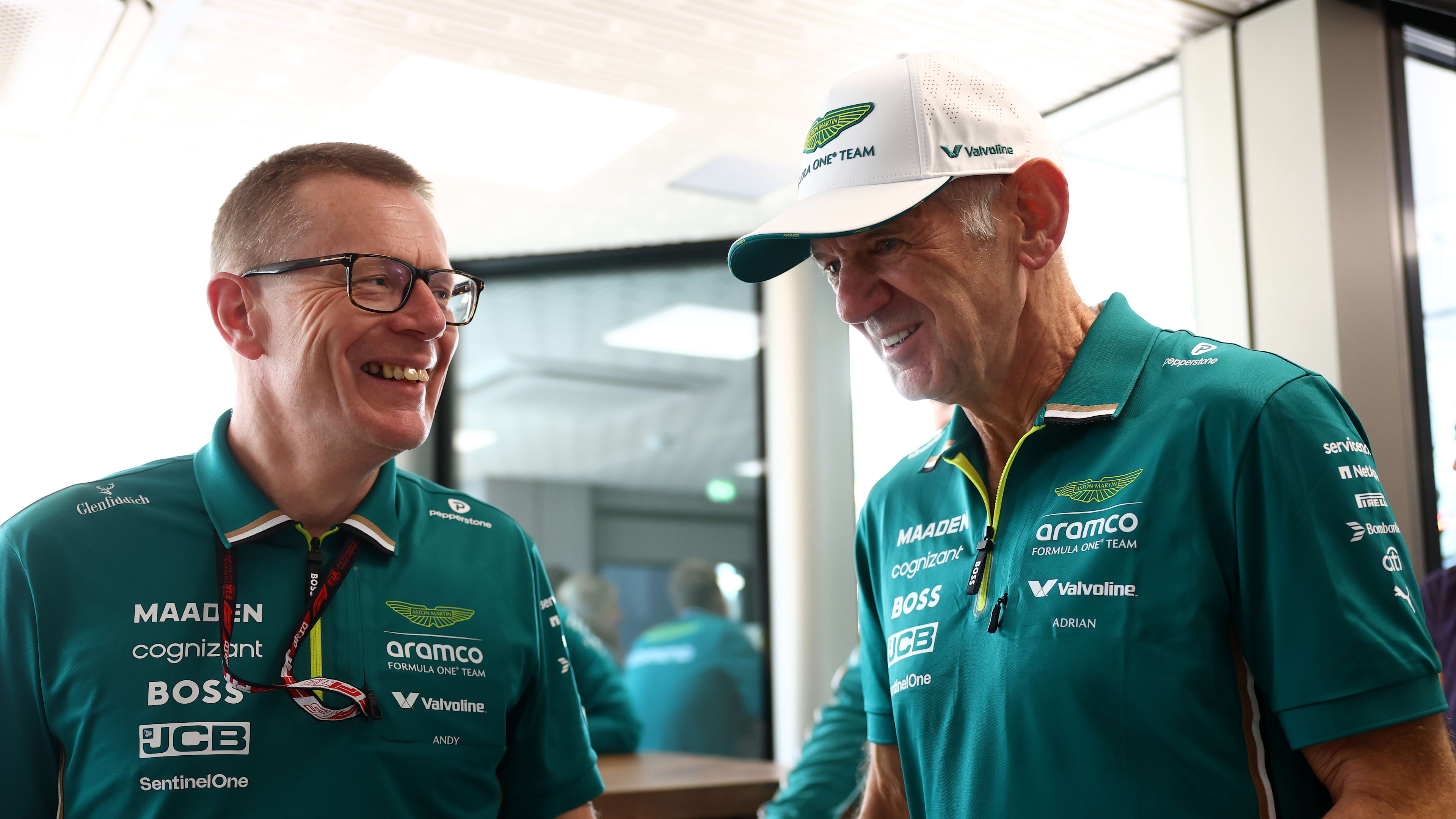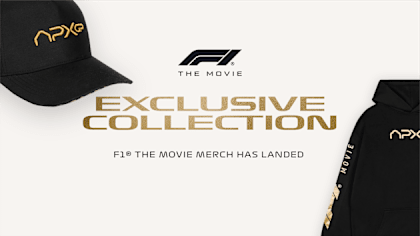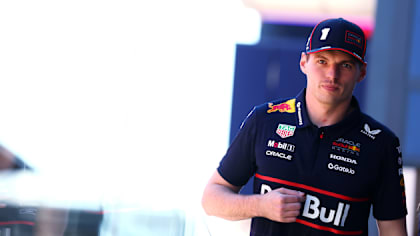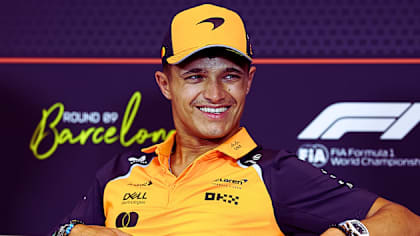
30 May - 01 June
News
Newey admits to 'complete surprise' over recent Red Bull dominance
Share

Adrian Newey has said that the dominant performance of Red Bull’s RB19 car in the 2023 F1 season came as a “complete surprise” to him.
After new ground effect regulations were introduced into the sport for the 2022 campaign, the Milton Keynes-based squad went on to clinch both the drivers’ and constructors’ championships for the first time since 2013, with Max Verstappen claiming his second drivers’ title.
READ MORE: Button picks team who are 'most likely' to challenge Red Bull in 2024
With little change in the rules for the following year, Newey expected the gap between Red Bull and the rest of the field to close, but instead the team went on to enjoy unprecedented dominance in 2023. Verstappen clinched a record-breaking 19 race victories, and the outfit ended the season with a 451-point advantage over second-placed Mercedes.
When asked in an interview with Top Gear if it surprises him that it is still possible in the modern era to create such a dominant car, Newey responded: “It does actually. It’s a complete surprise.
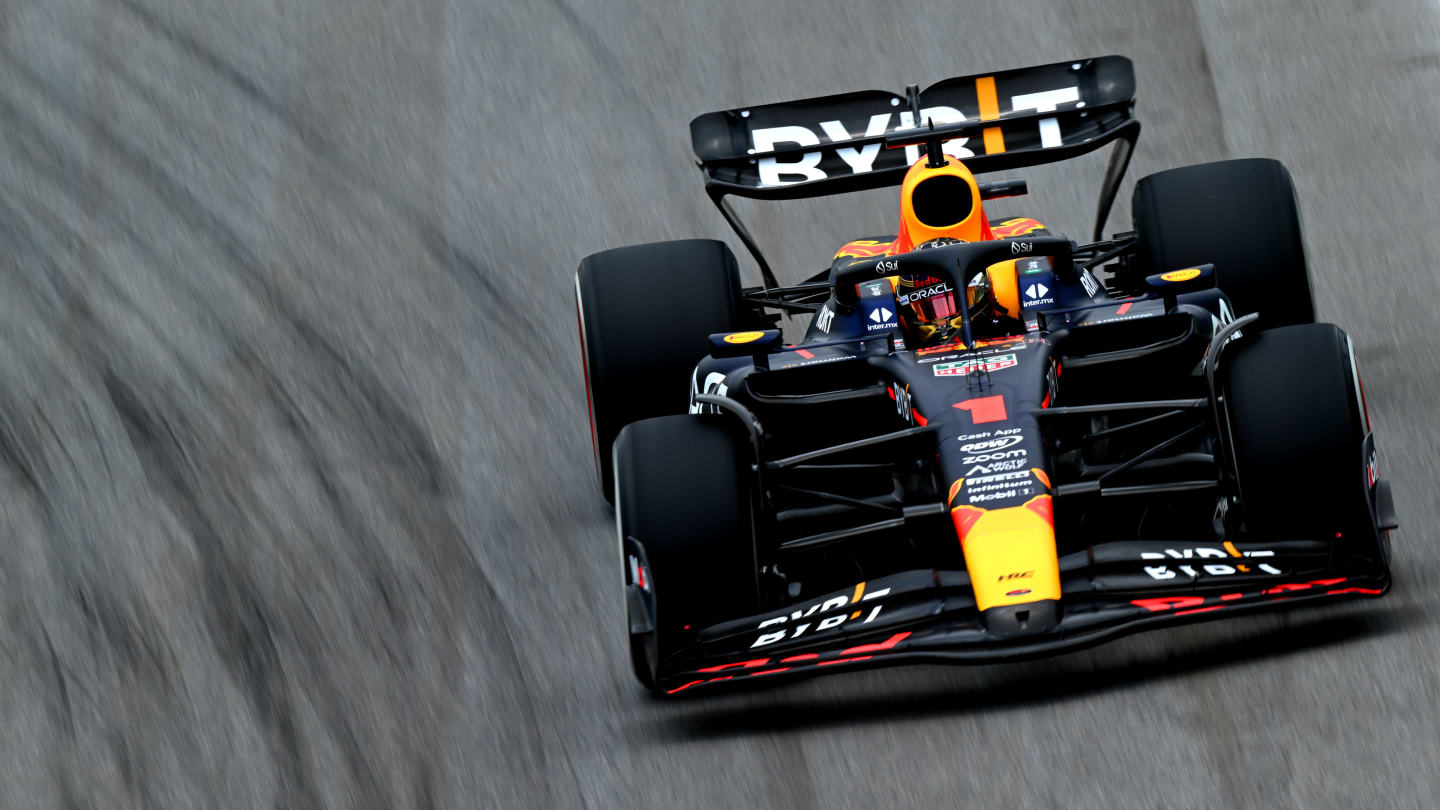
The RB19 claimed 21 out of 22 possible race wins in the 2023 F1 season
“For the ’22 season we had the biggest regulation change on the chassis side since 1983, in terms of going back to venturi cars. We thought as we headed into the second year, with almost no regulation change over the winter and us running what is in effect an evolution car, that our advantage would be diminished, if not eradicated. Clearly that’s not how it’s panned out.”
While adapting to rule changes can pose many challenges, Newey relishes this aspect of his job.
READ MORE: Red Bull share launch date for latest F1 challenger ahead of 2024 title defence
“I’ve always enjoyed regulation changes,” he explained. “Not just because of the loopholes that may exist but figuring out the demands of the regulations, how they affect the fundamental principles of the car’s layout.
“For 2022, there were a few things that we needed to do differently. It was the return of ground effect – venturi – and I was certainly aware of the pitfalls having worked in IndyCar with that format [during the Eighties].
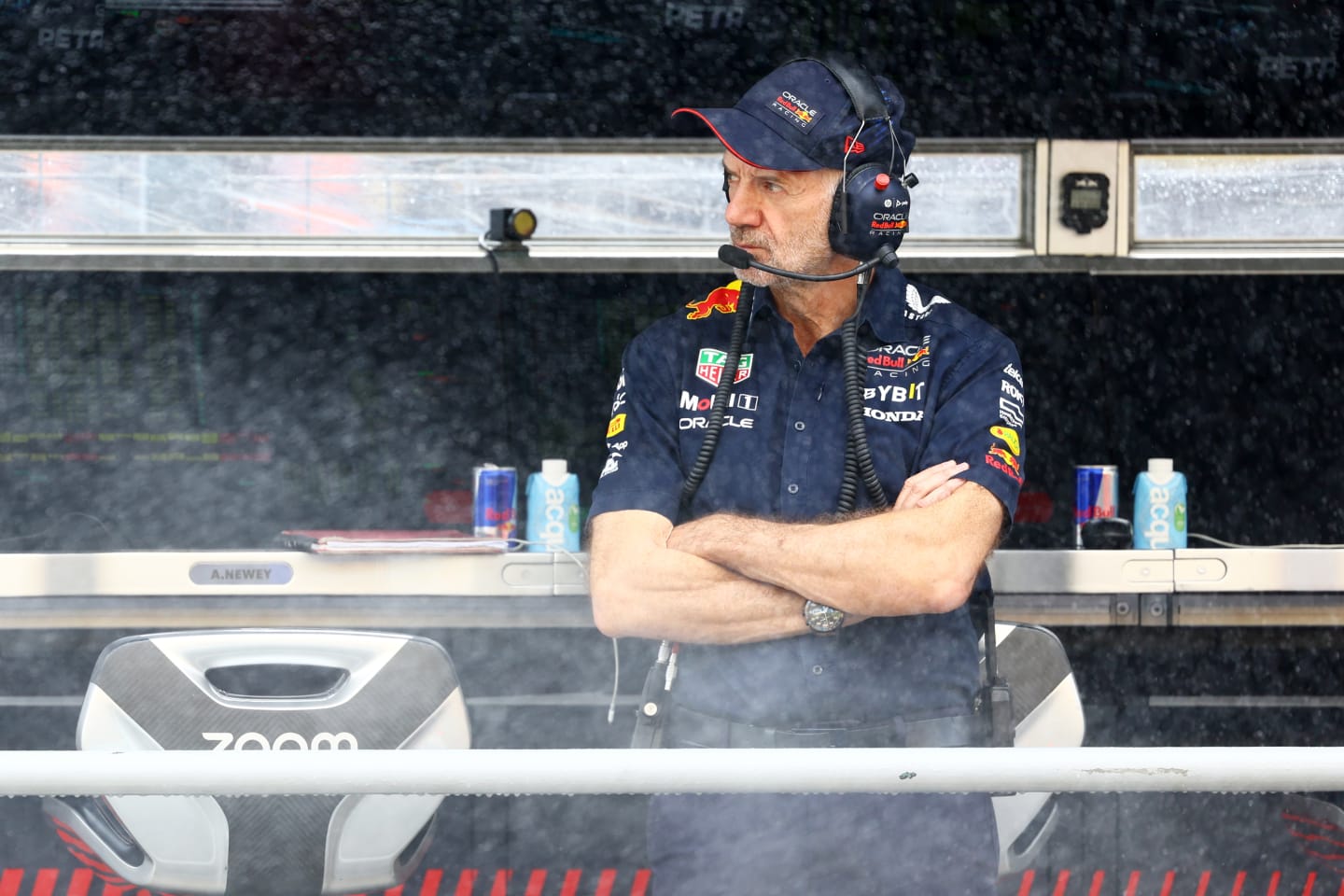
Newey enjoys the challenges posed by regulation changes in the sport
“Bouncing is not simply due to the aerodynamic shape of the car, there are other factors – suspension characteristics, body stiffness – and when we were designing RB18 we were very mindful of that. We had a bit of porpoising at the very start but we were on top of it by race one.”
And when quizzed on why others did not solve their issues with porpoising as quickly, Newey acknowledged that it is a difficult phenomenon to examine through simulation tools.
READ MORE: Albon explains how Helmut Marko gave him his surprise chance in F1
“Simulating bouncing in a wind tunnel and more so in CFD is not easy,” the Red Bull Chief Technical Officer said. “It’s a transient problem, and there’s no motion to the car relative to the road. You don’t see it if you’re not looking for it.
"That’s the thing with all simulation tools. They’re dependent on what you put into them. If you haven’t looked in the right place and put the right things in, you won’t get the right answers out.”
Share
YOU MIGHT ALSO LIKE
News Limited edition ‘F1’ movie merchandise unveiled ahead of summer premiere
Feature IT’S RACE WEEK: 5 storylines we’re excited about ahead of the 2025 Spanish Grand Prix
News ‘I hope it will be a bit more similar to Imola’ – Verstappen hopeful he can bounce back from Monaco disappointment in Spain
FeatureF1 Unlocked PADDOCK INSIDER: Norris’ Monaco win breathed new life into the title fight – can he back that up in Spain?
